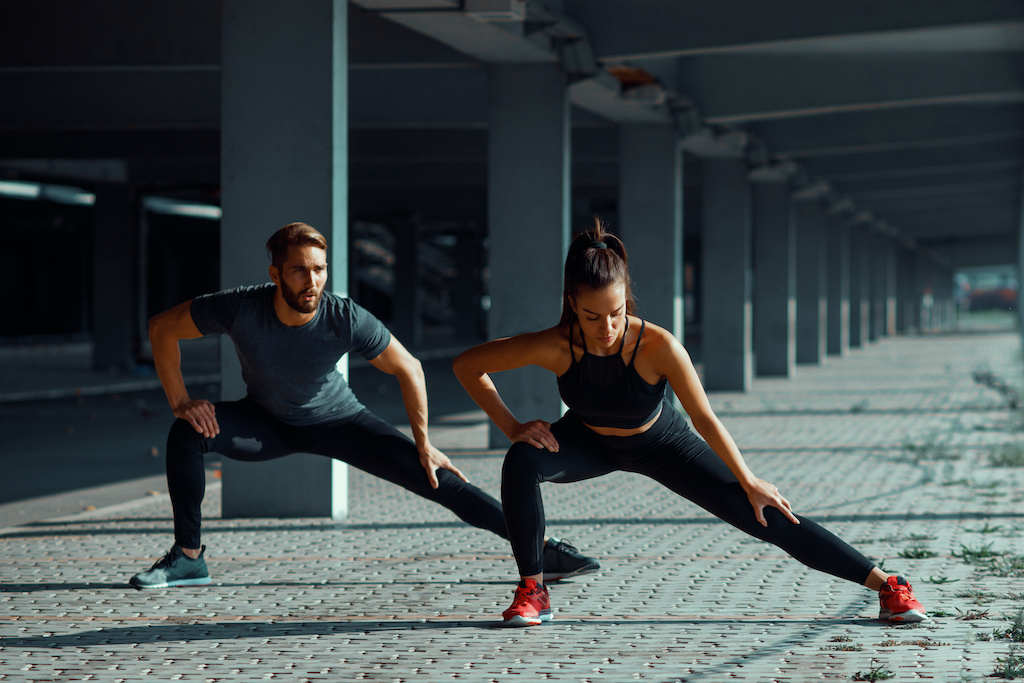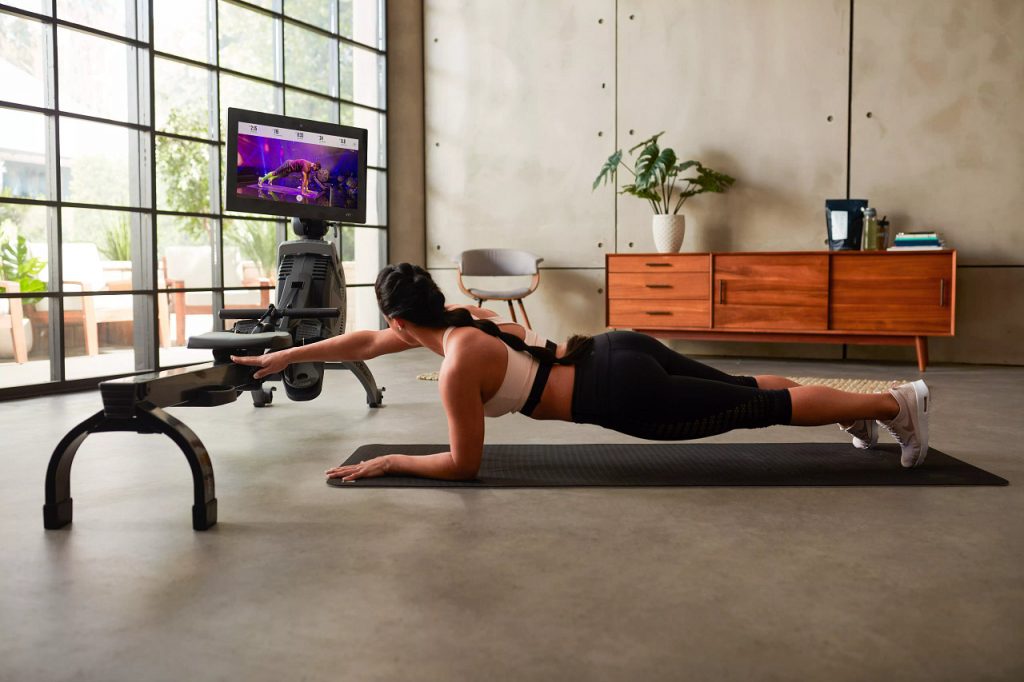To support your training here is the first part of a series of articles on sports and exercise books. This bestseller by David Epstein published in 2013, “The Sports Gene: Inside The Science of Extraordinary Athletic Performance”, presents a fascinating analysis of the link between genetic predisposition and performance in different disciplines,and it will probably overturn some preconceived ideas.
The Pitch: Do Genes Play a Role in the Fortunes of Top Athletes?

Every athlete has heard of Anders Ericsson’s 10,000 hours of practice theory, which is said to determine the transition from amateur to professional level, regardless of which sport they compete in. Sports legends also stress the importance of hard work in becoming a professional athlete.
In the book “The Sports Gene”, David Epstein starts from the observation that some athletes seem to have more aptitude than others. He, then, hypothesises that genetics may have a greater impact on the success of the greatest athletes than we think. According to him, this would explain the fact that not all athletes need the same amount of training to achieve a given result. To further develop this theory, he met various scientists and drew on the most recent research on DNA.
Themes: Sports Performance, Innate or Acquired?

The book is a fascinating investigation, raising various questions without ever giving definitive answers, leaving readers to make up their own minds. Many themes are addressed:
- The differences between men and women, both physical and genetic, which according to the studies conducted, are particularly noticeable in throwing sports. He discusses testosterone levels and the influence of hormones on performance.
- The relationship between genetic inheritance and VO2 max (the maximum amount of oxygen an athlete can mobilise during exercise). It reveals that each individual has a basic VO2 max and that members of the same family tend to develop in a similar way when practising the same activities.
- The configuration of muscles varies according to genetics: the proportions of fast-twitch or slow-twitch fibres may indicate greater ease in speed or endurance, though this can be developed with training. This is also related to fat consumption and muscle mass development.
- The morphology of sportsmen and women can also explain better aptitude in a given discipline (length of arms or legs, flexibility, height, etc.).
- The ACTN3 gene, which is present in many great athletes, is thought to be involved in speed performance. In its R version, which is becoming increasingly rare, it is thought to promote the production of alpha-actinin-3, which is responsible for the development of fast-twitch muscle fibres, while its X version inhibits the production of alpha-actinin-3.
- The book also looks at the impact of genes on motivation, particularly through differences in dopamine secretion, without forgetting to stress that environment and context are determining factors.
The Sports Gene: How Will Reading This Book Change Your Sports Practice?

What can we learn from this book? Training and genetics are two essential components of every athlete’s journey. The two things cannot be separated and knowing yourself well helps you to make the best decisions to enjoy yourself and improve your physical condition. In practical terms, you can use these tips to adapt your training:
- It is important to vary the exercises performed, as the effects depend on the genetic make-up of each person. For example, for some people, long-distance running will be ideal for increasing VO2 max, while for others, sprinting will be more effective. The same applies to the development of muscle mass.
- You can try out new sports: you may discover previously unsuspected skills!
- This book can also make you feel less guilty about any technical points that take you a little longer to improve than other people. Everyone is different, and by knowing yourself well, you can adjust your training.
- The studies presented are based on statistics and extraordinary performances. It is difficult to draw definitive conclusions that are valid for all individuals. Enjoyment, consistency and the feeling of doing something well are the most powerful drivers of success. It’s up to you: challenge your DNA and test your limits! You remain in control of your own training.
Check out our Fitness & Training page for more advice.
